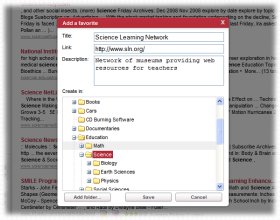|
Education
Web
Viewing 1-1 of 1 total results
slopes and determine the relationship between speed and steepness of the ramp. s take data they have collected and generate tables and graphs to begin the search for patterns of change. 6. In order to arrive at the best solution that meets criteria within constraints, it is often necessary to...
1
0
slopes and determine the relationship between speed and steepness of the ramp. s take data they have collected and generate tables and graphs to begin the search for patterns of change. 6. In order to arrive at the best solution that meets criteria within constraints, it is often necessary to make trade-offs. Students: • determine the criteria and constraints of a simple decision making problem. • use simple quantitative methods, such as ratios, to compare costs to benefits of a decision problem. This is evident
3
0
http://www.emsc.nysed.gov/ciai/mst/pub/mststa6_7.pdf#page=3
www.emsc.nysed.gov/ciai/mst/pub/mststa6_7.pdf#page=3
slopes and determine the relationship between speed and steepness of the ramp. s take data they have collected and generate tables and graphs to begin the <span class="highlight">search</span> for patterns of change. 6. In order to arrive at the best solution that meets criteria within constraints, it is often necessary to make trade-offs. Students: • determine the criteria and constraints of a simple decision making problem. • use simple quantitative methods, such as ratios, to compare costs to benefits of a decision problem. This is evident
|
